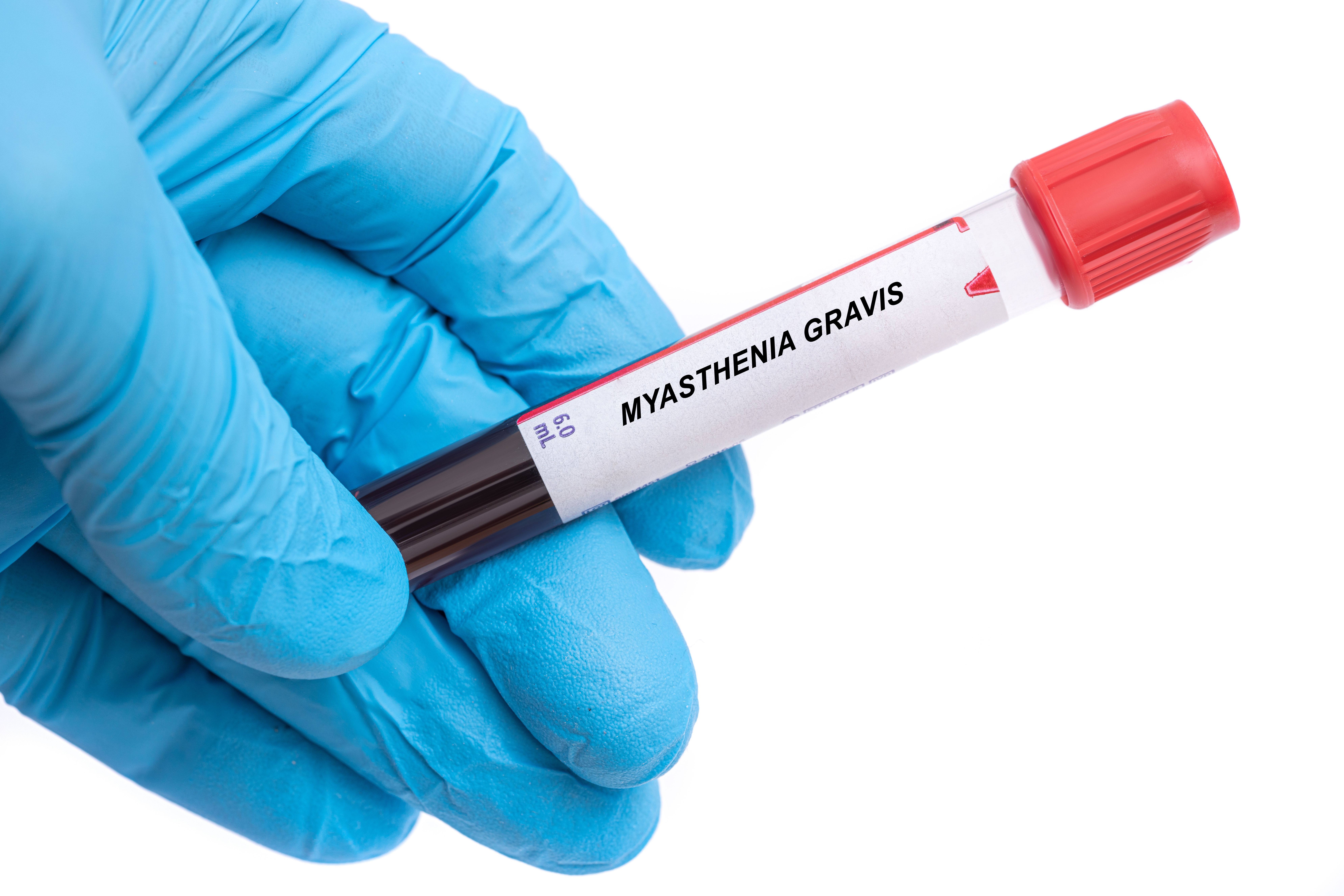- Center on Health Equity & Access
- Clinical
- Health Care Cost
- Health Care Delivery
- Insurance
- Policy
- Technology
- Value-Based Care
No Sex-Based Differences Found in Treatment Timing in gMG
A single-center cohort study found no differences between males and females in the odds of starting or time to treatment in generalized myasthenia gravis (gMG), but investigators want to continue to probe more deeply into why women are more severely affected by the disease.
Females with generalized myasthenia gravis (gMG) report lower quality of life (QoL) and have more severe disease than males, according to a team of specialist authors. Could this be, at least in part, because of sex differences in the odds of starting first- or second-line treatments, or in time to treatment initiation? Seemingly not, according to the outcomes of their 179-patient (41.9% female) retrospective study published in Muscle & Nerve that addressed these and other questions.1
Women typically experience more severe MG; however, this is not due to sex-based treatment differences | image credit: luchschenF - stock.adobe.com

Instead, future work should attempt to capture physician and patient treatment preferences and reproductive factors that may influence disease management, as well as reasons for dose changes and discontinuation, suggested the authors, who also hypothesized about other potential causes of the lower QoL of women with gMG.
The single-center study included individuals diagnosed with gMG at the University of Calgary Neuromuscular Clinic in Alberta, Canada, between 1997 and 2021 (median age, 60.6 years). The primary outcome was the proportion starting treatment; the secondary outcome was time from diagnosis to treatment initiation. The treatments included pyridostigmine, prednisone, steroid-sparing therapies (azathioprine, mycophenolate mofetil [MMF], methotrexate, tacrolimus), intravenous immunoglobulin, plasmapheresis, rituximab, eculizumab, cyclosporine, stem cell transplantation, and thymectomy.
The use of methotrexate and MMF—which are known to be teratogenic—was higher than expected among females in the study cohort, likely because so many of them were beyond childbearing age. The team also mentioned that their patients’ older median age was consistent with recent epidemiological studies suggesting that both the incidence and prevalence of MG in older male and female populations is higher than previously suspected.
One avenue the authors suggested exploring to shed light on QoL differences is that females may experience MG disease differently than males. It has been previously reported that physician-assessed measures of disease severity actually correlate quite poorly with patient-reported disease severity and with QoL in females.2 Still, females tend to have more severe MG disease—by both physician and patient-reported disease severity measures—and more relapses.
Additionally, females with MG are known to experience treatment-related adverse effects (trAEs) differently than males.1 In calculating outcomes of the self-reported MG QoL 15-Items questionnaire, the instrument does not separate those symptoms related to disease activity from those attributable to trAEs. Perceived disease severity and QoL could easily be impacted by trAEs, due either to overtreatment or sex differences in AEs, the investigators speculated.
Indeed, results of previous studies relayed that, compared with males, females with MG taking steroid therapy reported trAEs to be more intolerable, more often reported that their steroid dose was lowered due to AEs, and were less likely to accept a steroid dose increase.
This investigative team found no differences by sex in odds of starting high- or low-dose steroid therapy. However, they acknowledged that their data did not take into account discontinuation, adherence, or dose changes after beginning therapy. They also found no significant differences by sex in the provision of immunotherapy to treat gMG.
Because a limitation of this study was its small sample size, possibly making it underpowered to detect statistically significant associations, larger studies could be more revealing. The authors noted that other possible causes of QoL differences between females and males with MG could “arise from inequity in treatments offered due to physician bias,” they said. In other medical areas, “sex differences in treatment have been demonstrated and lead to differences in outcomes in stroke, dementia, and cardiac arrest.”
References
1. Beland B, Perera T, Lee A, Greenfield J, Korngut L, Jewett G. No sex-based differences in odds of starting or time to treatment of generalized myasthenia gravis: a single center cohort study. Muscle Nerve. Published online July 26, 2024. doi:10.1002/mus.28210
2. Thomsen JLS, Vinge L, Harbo T, Anderssen H. Gender differences in clinical outcomes in myasthenia gravis: a prospective cohort study. Muscle Nerve. 2021;64(5):538-544. doi:10.1002/mus.27331
